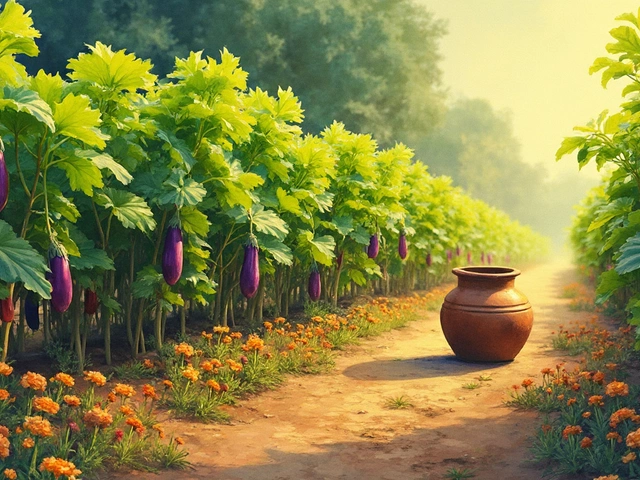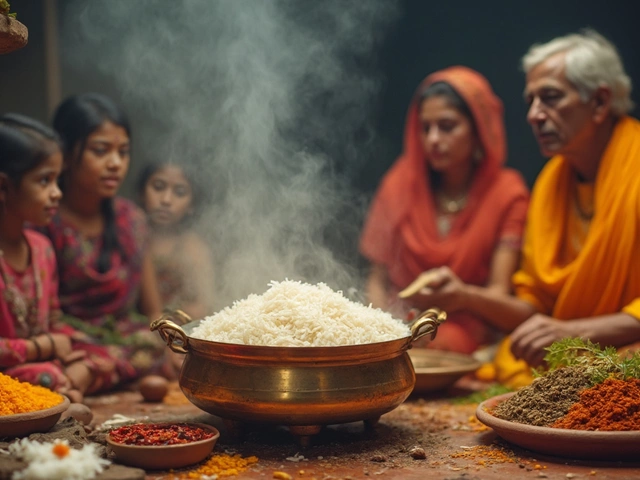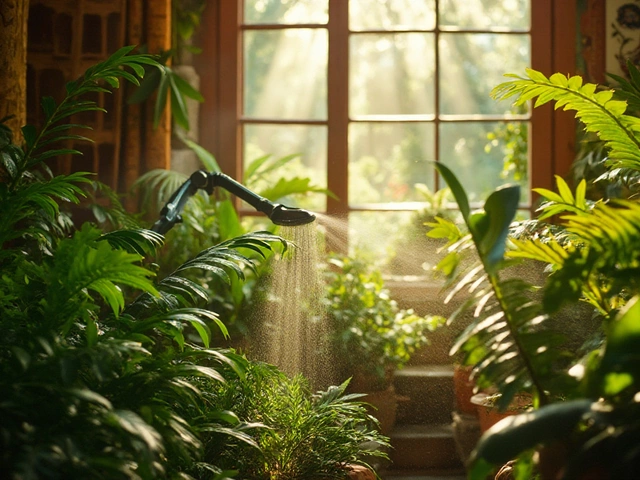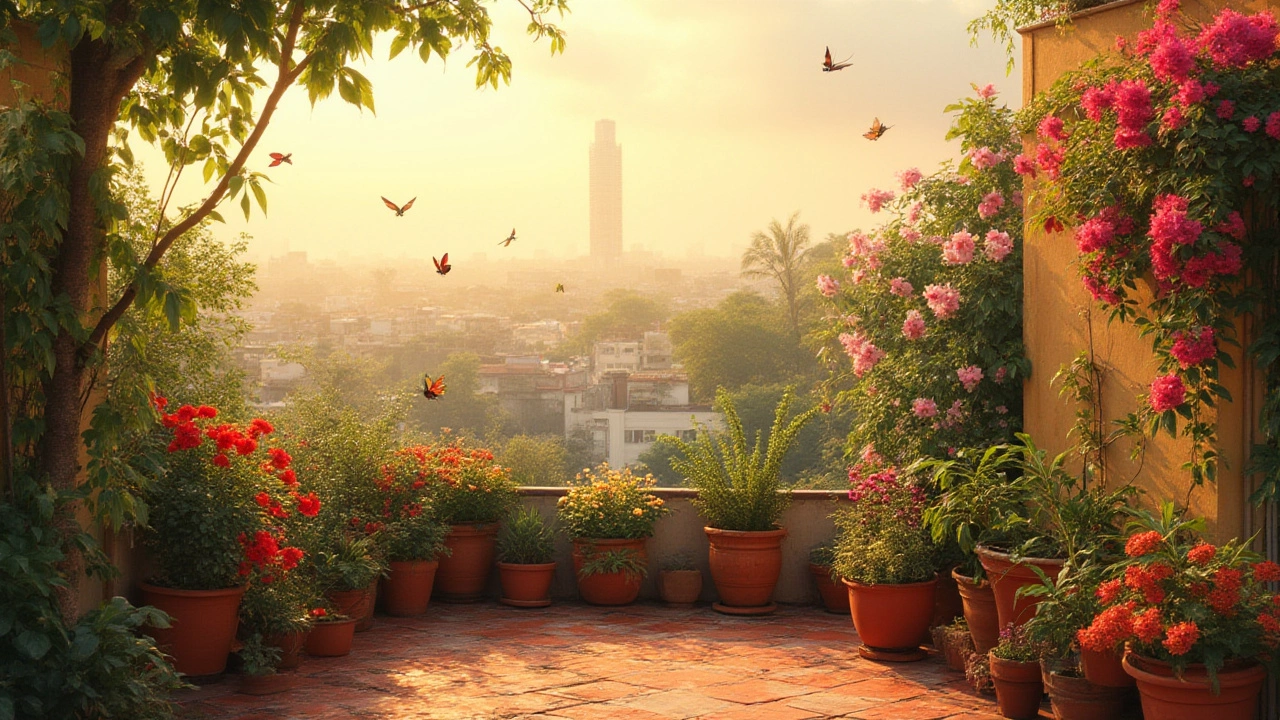Best Indian Garden Plants: Top Picks for Every Climate
If you’re starting a garden in India, the first question is always the same – which plants will actually survive where you live? The secret is picking species that love your local weather, soil, and water conditions. Below you’ll find quick, no‑fluff advice on why native plants matter and which varieties work best across the country.
Why Choose Native Plants?
Native plants have evolved to handle the monsoon, the scorching summer, and the occasional frost. That means they need less water, fewer chemicals, and less effort from you. For example, Azadirachta indica (neem) thrives in hot, dry soils and keeps pests away naturally. Similarly, Hibiscus rosa-sinensis loves the humidity of coastal regions and blooms profusely without extra feeding.
Another win is biodiversity. Local insects and birds recognize native flowers and fruits, creating a mini‑ecosystem that helps pollination and pest control. In short, planting what’s already adapted to the land saves you time, money, and hassle.
Top Picks for Different Regions
North India (Himalayan foothills, Delhi, Punjab): Look for cold‑tolerant varieties like Rhododendron arboreum and Tagetes patula (marigold). These handle light frost and give bright colours. Add Moringa oleifera for a fast‑growing, nutrient‑rich shrub that thrives in semi‑arid zones.
West Coast (Mumbai, Goa, Kerala): The humidity loves tropical plants. Try Plumeria rubra (frangipani), Ixora coccinea, and Alpinia galanga (greater galangal) for spice garden fans. All three love the misty mornings and need only occasional feeding.
Central India (Madhya Pradesh, Chhattisgarh): The dry, clayey soils suit hardy legumes. Plant Pongamia pinnata (karanj) for shade and nitrogen fixation, and pair it with Lagenaria siceraria (bottle gourd) for a veggie boost.
East India (Bihar, West Bengal, Odisha): Heavy monsoon rains require water‑loving plants. Syzygium cumini (jamun) and Ficus religiosa (peepal) love the wet season and provide fruit and shade.
Regardless of region, a few universal winners work almost everywhere: Jasminum officinale (common jasmine) for fragrance, Alternanthera dentata for ground cover, and Ocimum basilicum (sweet basil) for kitchen use.
When you pick a plant, check its sunlight needs. Most Indian gardens get full sun for at least six hours. If you have a shaded balcony, go for Sansevieria trifasciata (snake plant) or Dracaena reflexa. Both tolerate low light and add greenery without fuss.
So, how do you start? First, test your soil. A simple pH strip will tell you if it’s acidic or alkaline. Most native plants prefer a pH between 6.0 and 7.5. If it’s off, mix compost or lime to balance it. Next, water wisely: early morning or late evening reduces evaporation. Finally, mulch the base of each plant with dry leaves or straw – this keeps moisture in and weeds out.
With the right choices, your garden will look vibrant all year, attract beneficial critters, and give you fresh produce or fragrant blooms. Grab a handful of these top Indian garden plants, follow the simple steps above, and watch your outdoor space turn into a low‑maintenance haven.
Best Plants for Indian Summer: Top Choices for Surviving Heat & Drought
Find out which plants thrive in the blazing Indian summer—explore the best heat-tolerant, drought-resistant choices for lush greenery all season long.
About
Seasonal Plants
Latest Posts


Quick and Effective Ways to Boost Soil Nitrogen Levels
By Alden Thorne Dec 7, 2024

Most Unsustainable Thing? Grass Lawns and the Gardening Problem
By Alden Thorne May 3, 2025

How Much Rice Does 2 Cups Uncooked Make: A Deep Dive into Rice Cultivation
By Alden Thorne Mar 17, 2025

